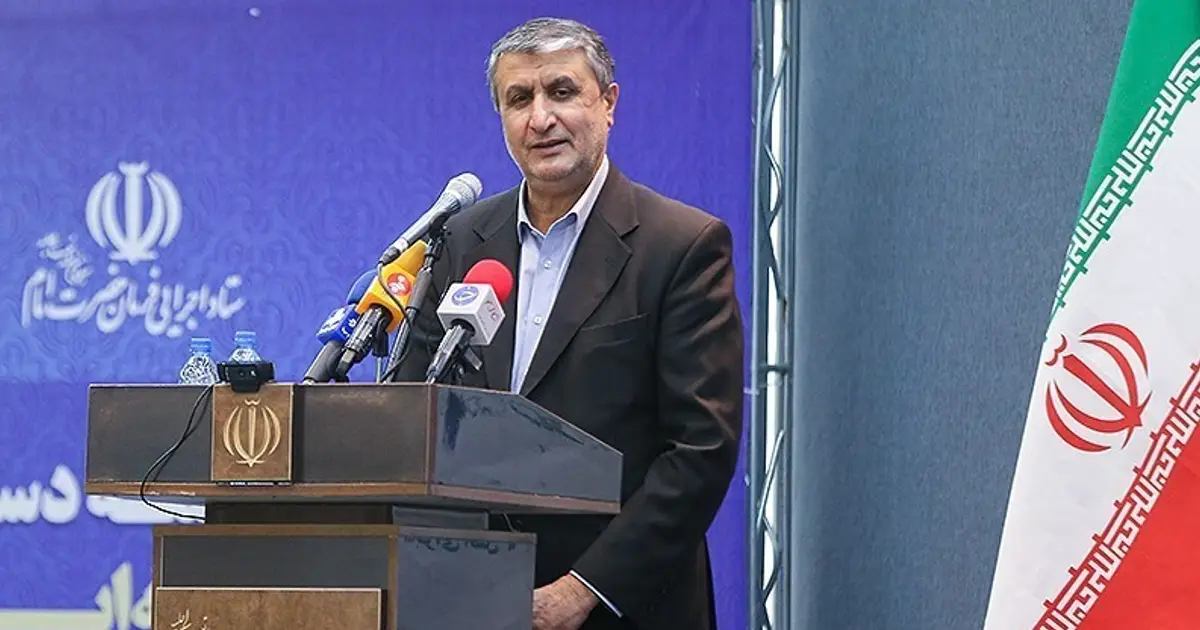At an industrial achievements exhibition in Isfahan, Iran’s head of the Atomic Energy Organization, Mohammad Eslami, announced Tehran’s willingness to share its nuclear technologies with other countries. This event also saw the hosting of Iran’s first International Conference on Nuclear Sciences and Technologies, with high-ranking Iranian officials and the Saudi ambassador to Tehran in attendance.
Rafael Grossi, head of the UN’s International Atomic Energy Agency (IAEA), visited Tehran with the goal of improving strained relations between Iran and the international regulatory body. His main focus was on promoting cooperation and transparency in Iran’s nuclear activities, which have raised concerns due to the country’s recent enrichment of uranium to 60% purity, near weapons-grade levels.
Despite this development, Iranian President Ebrahim Raisi has insisted that Iran’s nuclear objectives are peaceful and has called for an end to sanctions. He emphasized that having the capability to produce a nuclear weapon does not indicate any intention to do so. However, these developments have led international concerns about the potential military aspects of Iran’s nuclear ambitions.
Ever since the US withdrawal from the 2015 Joint Comprehensive Plan of Action (JCPOA) agreement with global powers, Iran has gradually abandoned its commitments under the deal. This has resulted in increased nuclear activities, including the recent discovery of uranium particles enriched to 83.7%. The IAEA has expressed worries about its limited ability to effectively monitor Iran’s nuclear program due to restrictions on its top inspectors. These challenges have become more pressing as Iran becomes more involved in regional conflicts.


